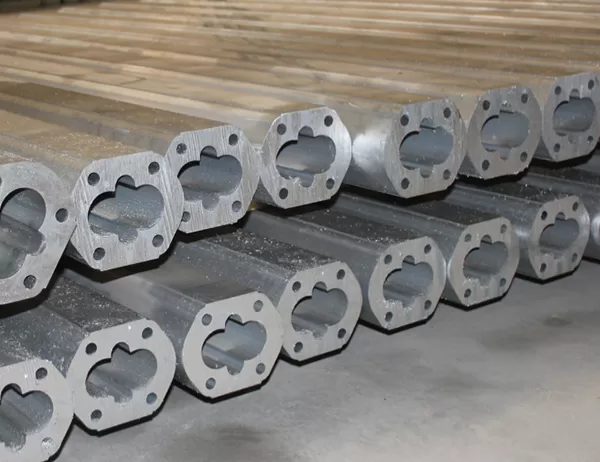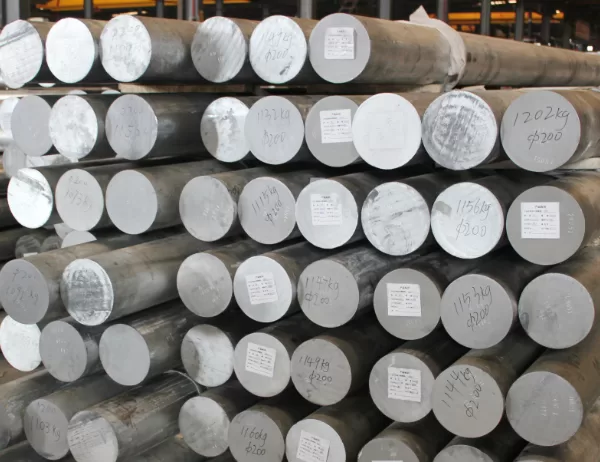Powder-coated aluminum is a versatile material that can be used in a wide range of DIY projects, from outdoor furniture to kitchen backsplashes. It is durable, weather-resistant, and easy to clean, making it a great choice for both indoor and outdoor applications. However, there are a few things you need to know before working with white powder-coated aluminum to ensure that your project turns out looking its best.
Before you start working with white powder-coated aluminum, it is important to properly prepare the surface. This involves cleaning the surface with a mild detergent and water to remove any dirt or grease. Once the surface is clean, you can apply a primer to help the paint adhere better.
White powder-coated aluminum can be cut using a variety of tools, including a jigsaw, circular saw, or bandsaw. When cutting, be sure to use a sharp blade and to wear safety glasses. Cut the aluminum slowly and carefully to avoid chipping or scratching the surface.
White powder-coated aluminum can be bent using a variety of methods, including a brake, a roller, or a press. When bending, be sure to use a slow and steady motion to avoid cracking or breaking the aluminum.
White powder-coated aluminum can be welded using a variety of methods, including MIG welding, TIG welding, or spot welding. When welding, be sure to use a clean, sharp electrode and to wear safety glasses. Weld the aluminum slowly and carefully to avoid damaging the surface.
Once you have completed your project, you can apply a clear coat to protect the surface from scratches and fading. Clear coats are available in a variety of finishes, including gloss, semi-gloss, and matte. Choose a finish that will complement the style of your project.
Use a sharp blade when cutting to avoid chipping or scratching the surface.
Cut the aluminum slowly and carefully to avoid cracking or breaking the aluminum.
Use a slow and steady motion when bending to avoid cracking or breaking the aluminum.
Use a clean, sharp electrode when welding to avoid damaging the surface.
Weld the aluminum slowly and carefully to avoid damaging the surface.
Apply a clear coat to protect the surface from scratches and fading.




